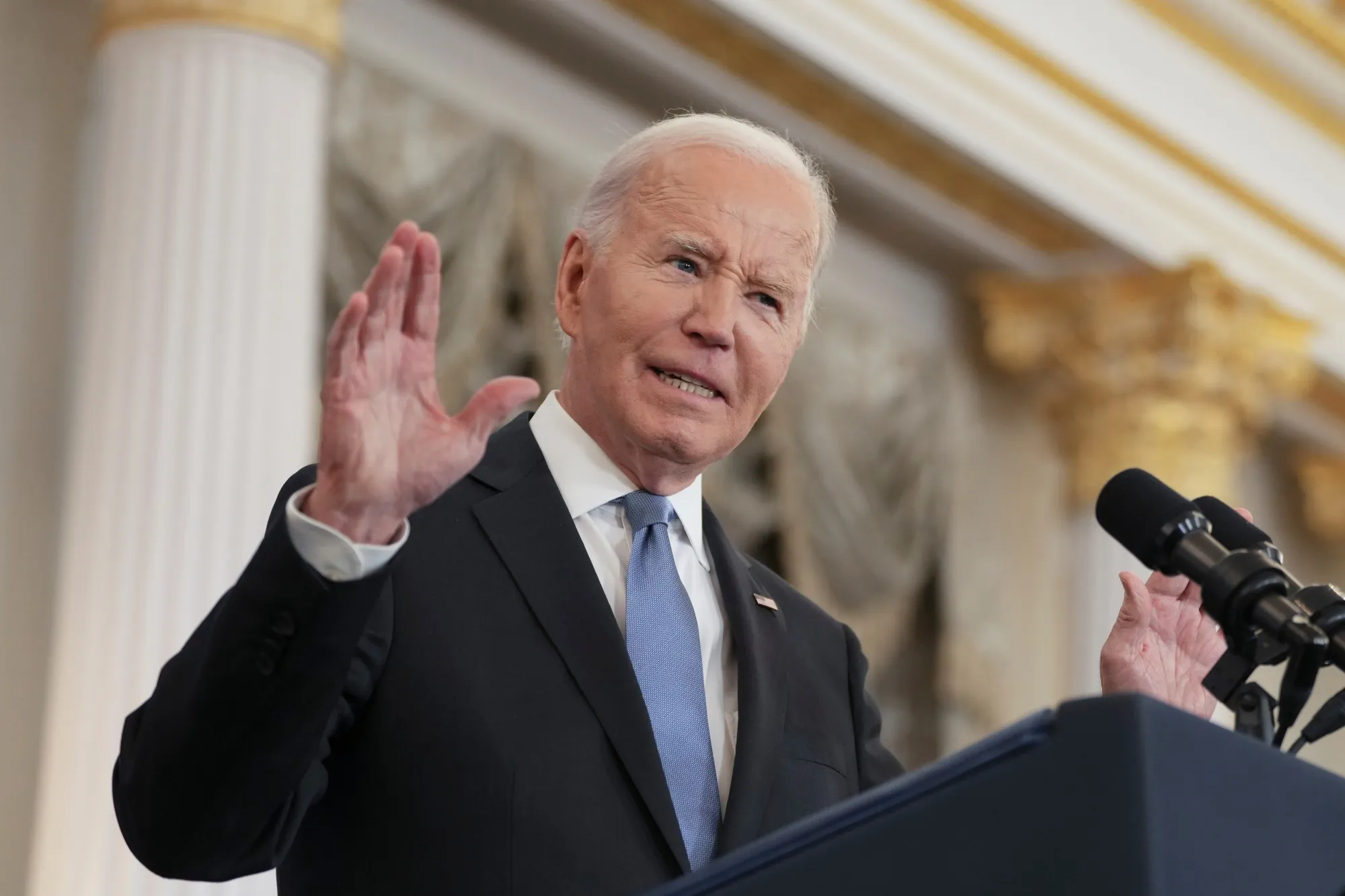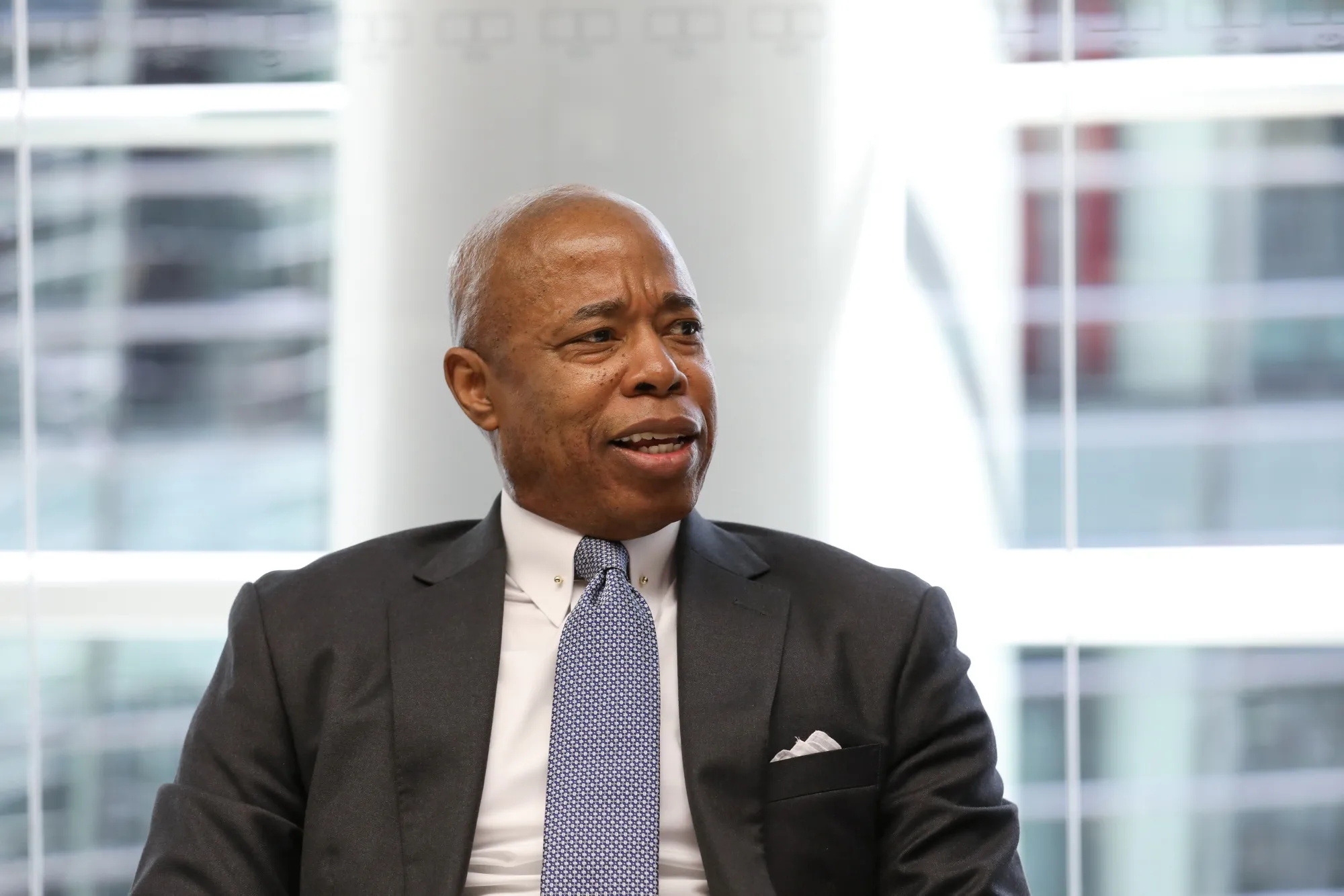Gold has been facing significant headwinds after reaching record highs earlier this year, driven by changes in the broader economic environment, Bloomberg reports.
The yellow metal has fallen by $220 per troy ounce, or about 8%, since the end of October. While still up more than 25% this year, the decline in momentum is noteworthy. Gold’s upward trajectory has slowed, leaving its future path uncertain.
Since the potential for a second Donald Trump presidency became a reality, gold has been impacted by shifting market dynamics. The rally in “America First” trades has led to a move away from haven assets like gold, with investors increasingly turning to riskier assets, particularly those denominated in US dollars. As a result, gold has not only become more expensive for non-US investors, but its price has also seen a substantial correction from its peak.
Outflows from the largest US physical gold exchange-traded fund have exceeded $1.4 billion this month, equating to around 20 metric tons. Meanwhile, China’s central bank has refrained from adding to its sizable gold reserves in the past six months, with some analysts suggesting that the high price of gold may have deterred purchases. Additionally, data from the Swiss Federal Customs Administration showed that August marked the first month in over three years without gold exports to China.
Analysts at Deutsche Bank, led by George Saravelos, have identified three main factors contributing to gold’s recent struggles. Firstly, despite Trump’s election victory, markets are not concerned about US credit risk. Spreads on corporate and high-yield bonds have tightened, and worries over fiscal deficits or the Federal Reserve’s independence have diminished. This shift has contributed to a weaker demand for gold, which had previously been driven by fears of these issues.
Secondly, foreign central bank demand for gold has fallen, as many countries have been forced to use dollar reserves to defend their currencies as the US dollar strengthens. This trend has particularly affected China, although its substantial gold reserves offer some cushion. The broader emerging market currencies have also been under pressure, with the MSCI Emerging Market currency index dropping nearly 3% since late September.
Thirdly, Deutsche Bank analysts highlight the growing demand for dollars in both the private and public sectors. The risk of US sanctions has led to an increased demand for dollars, reinforcing the strength of the US currency and further dampening gold’s appeal as an alternative asset. The US dollar’s dual role as a safe haven and the world’s reserve currency has kept it in high demand, further complicating gold’s prospects.
As gold prices face these pressures, the broader investment landscape is shifting as well. US equities remain expensive, with the US representing a record 74% of the MSCI World index market capitalization. This premium is largely driven by valuation, making global diversification less attractive. Meanwhile, the US has maintained its dominance in risky assets, with Bitcoin also benefiting from the current environment, having gained 37% since Trump’s election.
Global markets are also impacted by Trump’s trade policies, particularly in Europe. Michael Kelly, head of multi-asset strategies at Pinebridge Investments, notes that European exporters are highly vulnerable if tariff conflicts escalate. The policies enacted by China are expected to slow down its economic slowdown rather than reverse it, which could further affect countries dependent on exports to China.
The traditional drivers of gold prices—dollar strength, inflation expectations, and interest rate forecasts—are currently less favorable for the metal. Even though US consumer prices ticked up in October, the bond market remains calm, and expectations for future rate cuts from the Federal Reserve are growing. With US Treasury yields approaching 4.5%, providing a healthy real return, gold’s allure as a non-income-generating asset with storage costs has diminished.
Despite these challenges, some analysts, including those at Goldman Sachs, remain optimistic about gold’s long-term prospects. They forecast that gold could reach $3,000 an ounce by the end of 2025, driven by renewed central bank buying and potential further rate cuts from the Fed. While the Trump administration’s policies may create uncertainty, they could eventually benefit gold if tariffs and deficits increase. However, gold’s fortunes will remain closely tied to both US monetary policy and the shifting dynamics in China.









